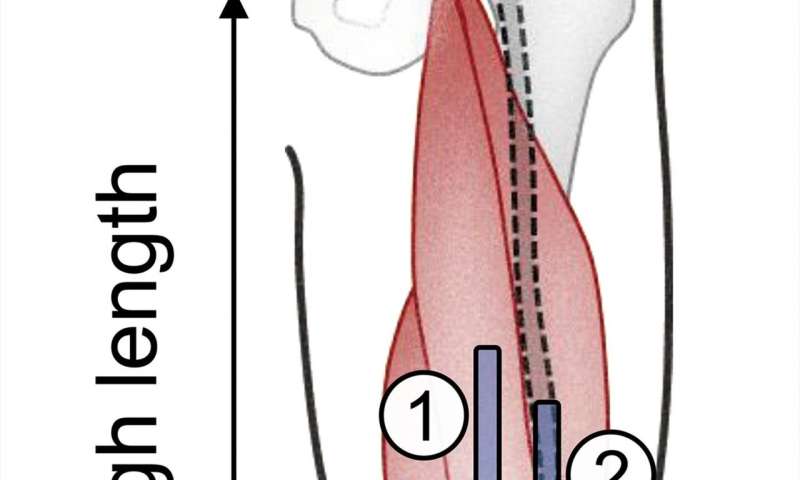
Our lives and our bodies are dynamic. The physical state of someone in their twenties is probably vastly different from that of someone in their fifties. Naturally, healthcare should also be oriented differently to different age groups. Older people are more likely to fall and hurt themselves because their joints are less flexible than younger people. To minimize these risks and improve quality of life among elderly individuals, it is important to develop measures that improve physical abilities. However, doing so requires a better understanding of the factors that affect joint flexibility, or range of motion (ROM).
In younger individuals, longstanding research suggests that skeletal muscle stiffness is the main characteristic that influences ROM. But muscles naturally reduce in size (in a process called atrophy) with age, and older people tend to have muscles that are less stiff than those of younger people. This suggests that the link between muscle stiffness and ROM is not as strong in elderly people. Then what could be the cause?
To find out, Dr. Kosuke Hirata, Mr. Ryosuke Yamadera, and Prof. Ryota Akagi, a team of researchers from Shibaura Institute of Technology (SIT) in Saitama, Japan, measured ankle ROM in a group of young (~20 years) and old (~70 years) adults. In this new study, they started by asking the participants to first lie down, and then rotate their ankle until they reported feeling pain; the angle of rotation in which the participants could move without feeling pain was the ROM. Researchers also determined tissue stiffness using a variable called “shear wave speed,” which was measured with ultrasound. Stiffness was obtained for several calf muscles, the sciatic nerve (main nerve of the leg), and deep fascia (connective tissue).
The researchers had three major hypotheses. First, they believed that ankle ROM was perhaps correlated with muscle stiffness in young but not old people. Second, ROM would be correlated with nerve and fascia stiffness in both young and old people. Third, the two age groups could have different levels of tissue stiffness. “There have not been many studies that looked at the connection between non-muscle tissue stiffness and ROM, and whether there’s an age difference here, so our goal was to provide some clearer answers to these questions,” explains Dr. Hirata.
The results of their experiments showed that as muscle stiffness decreased, ROM increased in young participants. However, this correlation was not noted in old participants. Ankle ROM also increased as nerve stiffness decreased, but only in old participants. Fascia stiffness was not correlated with ROM in either age group. Overall, non-muscle tissues, specifically nerves, seemed to contribute more to joint flexibility as individuals age.
Prof. Akagi is optimistic about their findings, “Not every one of our hypotheses was supported—for example, we didn’t find an association between fascia stiffness and ROM—the key outcome here is that a difference exists in the underlying factors affecting joint flexibility between young and old people.”
These findings open up the floor for several overdue discussions. Existing medical care may be biased towards a younger and healthier population, and current exercises and therapy for improving flexibility focuses on muscles, which will not be as effective for elderly people. This study can spur the development of new flexibility training methods that are specific for older people, focusing on targeting and mobilizing nerve bundles, helping to improve the health of elderly individuals. Based on these findings, in the near future, current training modalities may even be exchanged for more effective ones.
After all, life does not stop in your thirties. Healthcare goals shouldn’t either.
Shibaura Institute of Technology

